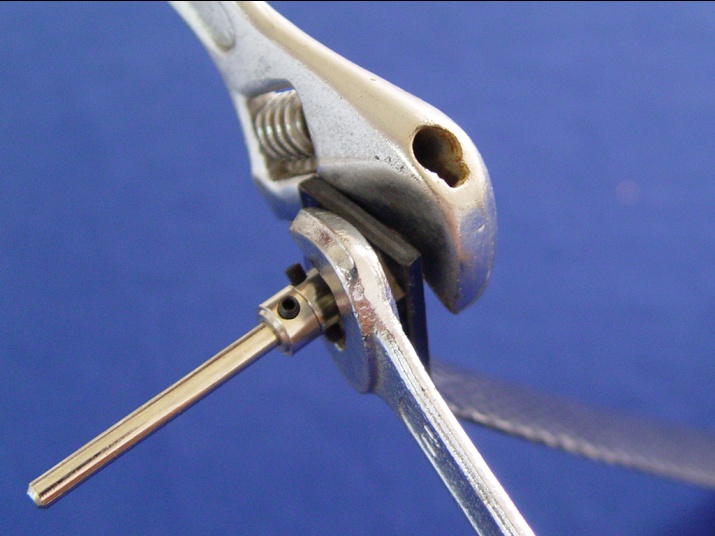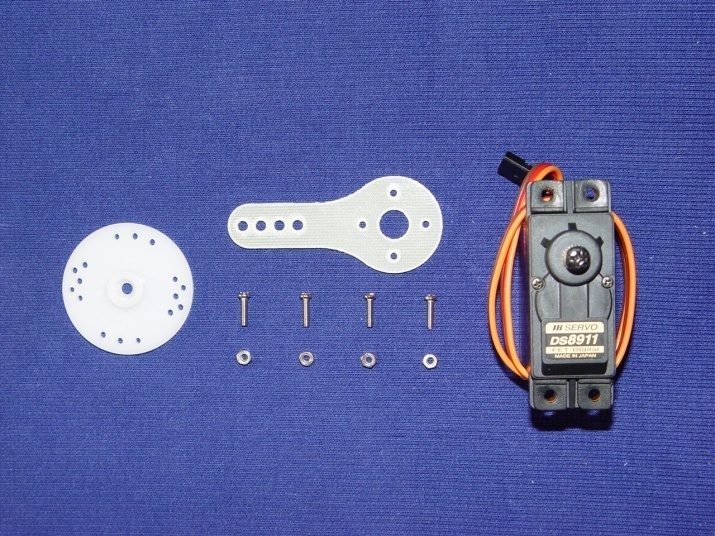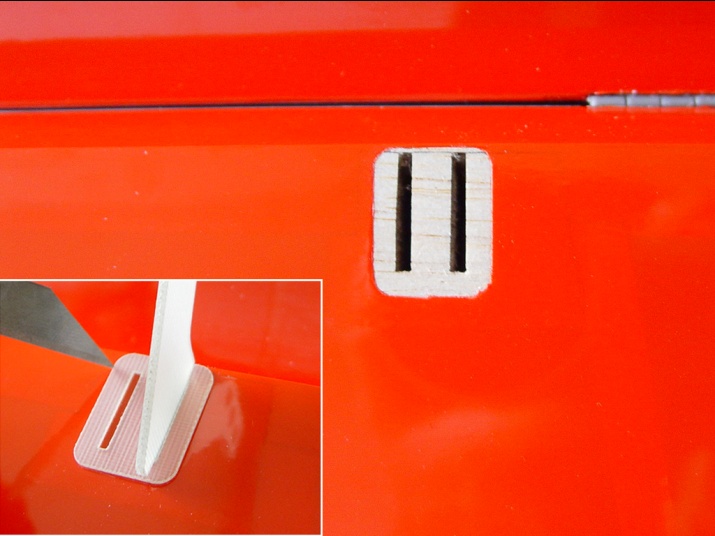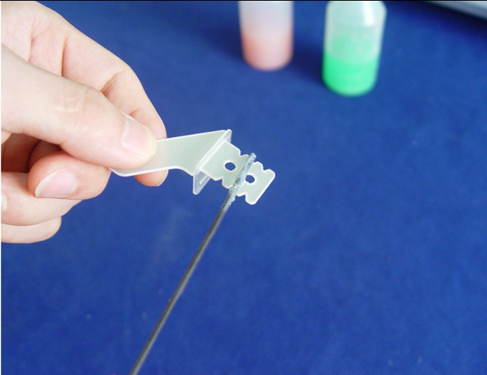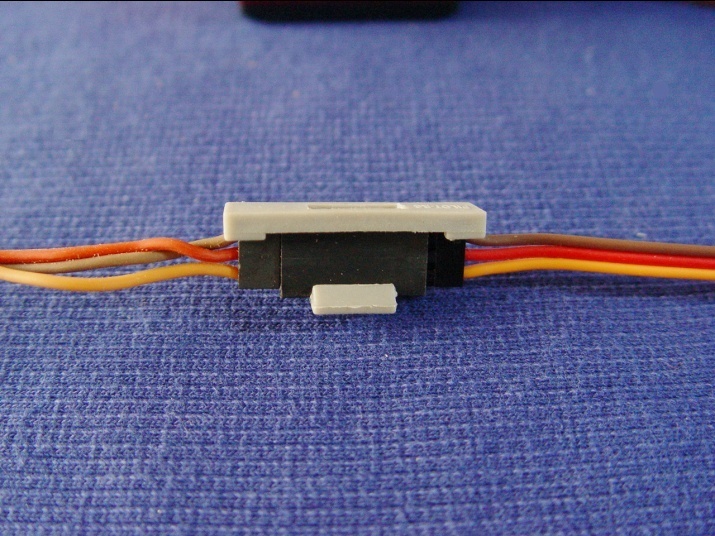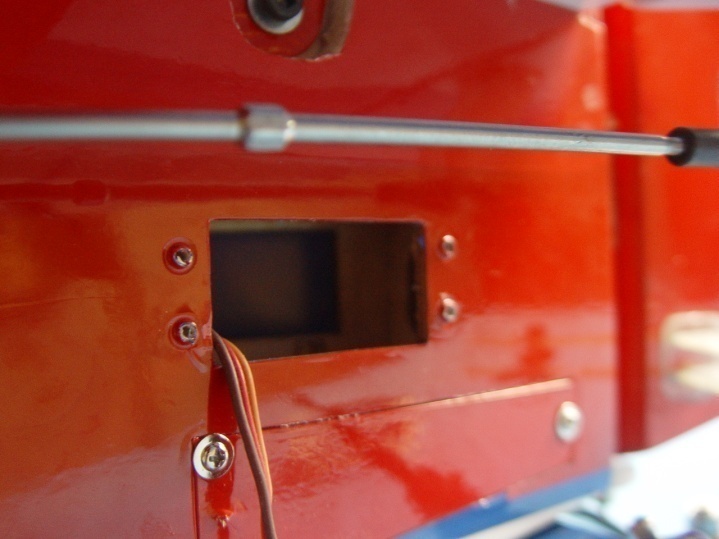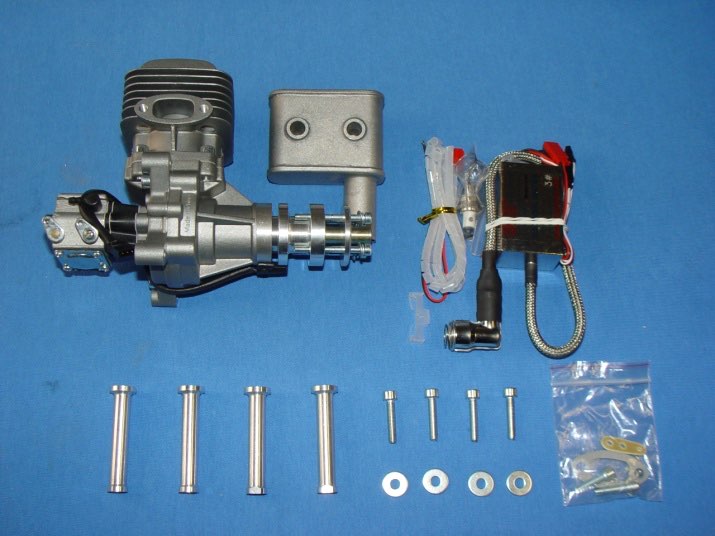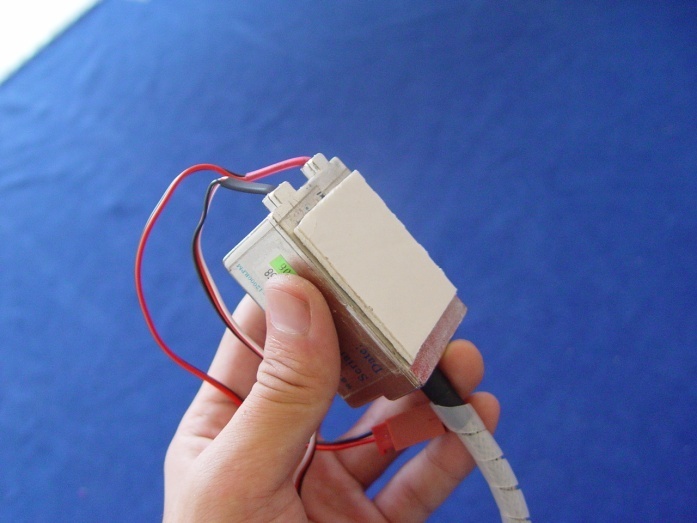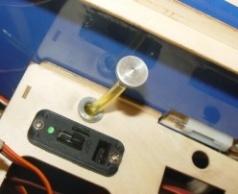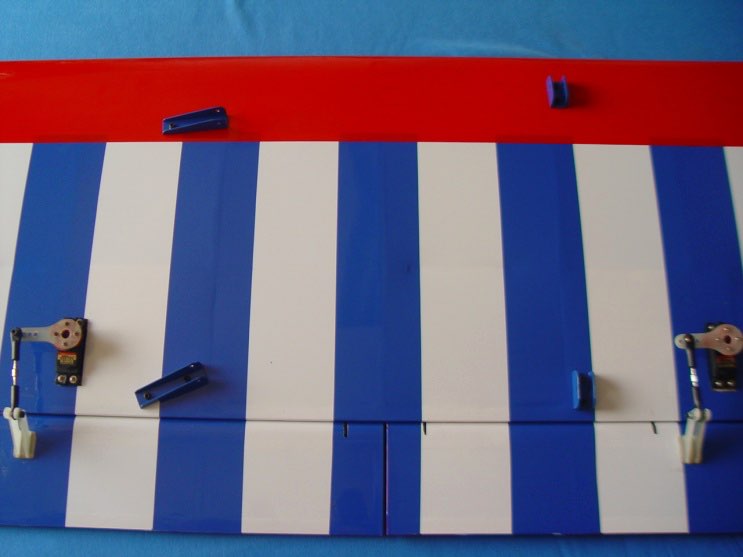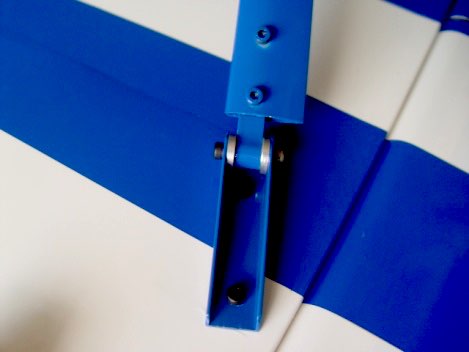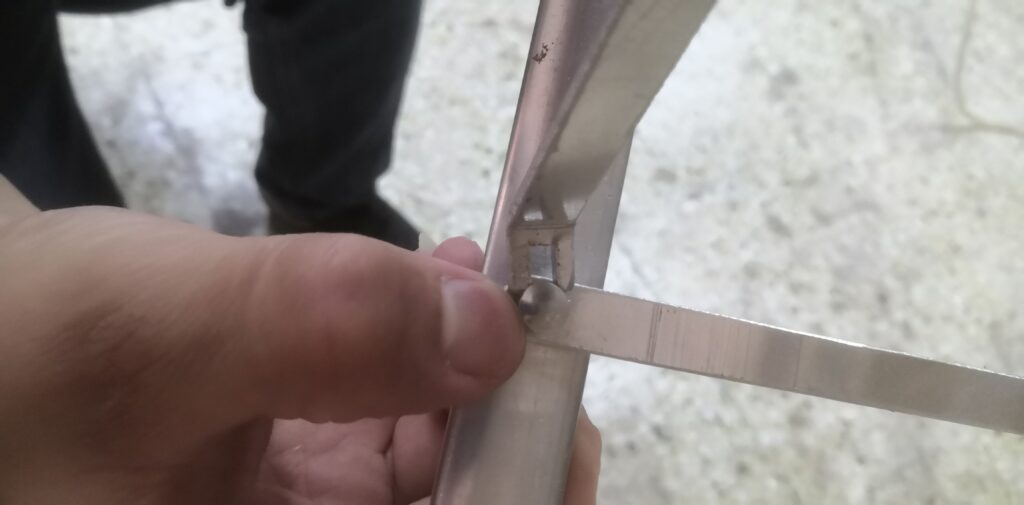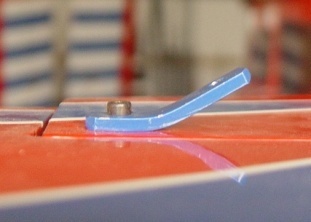1- Introduction:
WELCOME TO THE PILOT-RC TEAM!
Thank you for choosing a Pilot-Rc plane as your next model. We hope that you enjoy many successful and exhilarating flights with your new plane. Please read through these instructions before you start building or flying to assure a successful experience, and welcome to Team Pilot-Rc!
YOUR MODEL:
| Model: | Decathlon – 40% |
| Wingspan: | 150″ (3.810mm) |
| Length: | 102″ (2.580mm) |
| Wing area: | 3,758 “² (24,245 cm²) |
| Weight: | 39.24lbs (17.8kg) |
FEATURES:
- Strong yet light weight design, good for acrobatic flying and can even hover!
- Genuine German Oracover (Ultracote) covering
- Fast to put together at the field
- Highly prefabricated, experienced builders can have air ready in under a day
- Pre-installed hinges (glued and pinned)
- Internally mounted cowling – so no external screws exposed
- Removable wings and stabs
- Laser engraved motor mounting position and multiple servo locations available for Rudder setup (pull pull or direct push pull)
- Optional LED Light Set
Included hardware:
- Complete air frame with all basic accessories (such as carbon fibre main undercarriage, tail-gear assembly and wing-tubes as well as fibreglass control horns and wheel pants)
- Pre-installed hinges and pre-mounted canopy
- Fuel tank and fuel tubing pre-prepared, fuel dot and breather valve
- Wheels, axels and wheel pants
- Pre-preared pull-pull wires and pushrods with ball links
- Matching carbon spinner
Required hardware:
Motor: 80-120cc or equivalent electric
Servos: 10 high torque (minimum 20kg) plus throttle // Uses x2 per aileron, x1 per flap, x1 per elevator and x2 on rudder
Also requires all the usual accessories such as transmitter, receiver, propeller, batteries, powerbox, extension leads and possibly other small accessories.
Pilot-Rc recommended hardware:
- Servos: Pilot-Rc PW27AH (27Kg – 0,119s at 8,4v)
- Servo arms: Pilot-Rc 1,6″ Aluminium arms (included with Pilot-Rc servos)
- Lighting: Pilot-RC LED Light set for Decathlon with programmer
2- DISCLAIMER
All Pilot-RC products are guaranteed against defects for 30 days of your receiving the model. This warranty is limited to construction or production defects in both material and workmanship, and does not cover any parts damaged due to misuse or modification.
Should you wish to return this airplane for any reason, all shipping costs are the responsibility of customer.
If any parts are needed to be replaced by the manufacturer, the original parts must be returned, at the costumers expense.
Do not regard this plane as a toy! This plane is meant for ages 14 and above.
The manufacturer can not supervise the assembly and maintenance of the model or ensure your correct radio installation. Therefore, the manufacturer can not be made responsible or liable for any damage occurring during the use of this radio controlled model. As such all responsibility for the correct build, maintantence and operation must be accepted by the customer. The operation of the model is taken as acceptance by the customer of their acceptance to the above.
The model is highly prefabricated and ready for use, however please also assure that any pre-installed (such as pushrodand ball link sets, fuel tank, etc) components are tight, secure and airworthy both for the first flight and subsequent flights as part of your routine maintenence and verification.
In no event does Pilot-RC accept any liability to exceed the original cost of the basic Pilot-Rc airframe provided (accesories such as engine or radio system are also excluded from liability).
To ensure safety, please read the instruction manual thoroughly before assembly. Building and operating model planes requires diligent practice and correct guidance. Any neglect, carelessness or lack of experience can cause serious bodily harm or damage to property.
Seek the assistant of local model flying clubs and or an experienced aeromodeller for assembly, operation and maintenance to ensure a quick and successful learning process.
Fly only at designated model flying fields approved by the AMA (Academy of Model Aeronautics), the MAAC (Model Aeronautic Association of Canada) or the similar corresponding governing body for your country.
Pilot-RC reserves the right to update the model, instructions and limited warranty without notice.
If you have any problems and questions, please contact Pilot-RC.
3- Assembly
Please note that pictures are for reference only. Some pictures shown are from other models which follow the same build steps.
Rudder Assembly
Slice covering over factory installed slots. Press control horn into position. Trace around the locking plate with a knife and remove the covering.
Scuff the middle of horns with a piece of sand paper for good glue bond. Wipe off sanding dust prior to gluing.
Rudder Assembly
Apply the 30 minutes epoxy inside the pre-cut slot, and coat the horn with epoxy as shown.
Slide the horn into slots with
locking mount plates. Wipe away excess glue with rubbing alcohol.
Make sure the horn is perpendicular to the rudder.
Tail Wheel Assembly
Draw a center line with a fine line marker as shown. Locate and drill holes in the tail wheel mounting block.
Install the blind nuts through the opening in the rear of the fuselage. Mount the tail wheel assembly using blue Loctite on the threads screws.
Tail Wheel Assembly
Install the hatch over the opening in the rear of fuse with 3 screws in accordance with the pre-drilled holes
Drill a 1mm hole in the bottom of the rudder and mount steering spring with a wood screw as shown. Cut off excess wire from the spring.
Ensure the spring is under slight tension.
landing gear assembly
Install the landing gear with the bolts and locking nuts. Do not over tighten the hardware.
Install the landing gear axles with lock nut.
Tighten the lock nut against the landing gear strut making sure the flat sides of the axle bolt vertical with ground.
Install wheels and wheel collars using loctite on the set screws
WHEEL PANTS ASSEMBLY
Level the fuselage and place the wheel pants over the wheels. The cut out in the wheel pant is cut to fit the hex nut on the axle. Check for proper clearance over the wheels and that wheel pants are level with the fuselage.
Drill the holes for the mounting bolts and install the blind nuts.
Finish the wheel pant mounting with the bolts and use Blue Loctite on the threads.
Servo Arm/Horn Assembly
Minimum servo specs:180 in. Oz / Metal Gear / Digital
Turn on your transmitter and make sure servos are centered before putting on servo arms.
Locate and drill 2mm holes into nylon servo arm to attach the included fiberglass servo arms.
Mount the screws and nuts. Use a few drops of CA glue on each nut.
Slice covering over factory installed slots. Press control horn into position. Trace around the locking plate with a knife and remove the covering.
Scuff the horns with a piece of sand paper for good glue bond. Wipe off sanding dust prior to gluing.
Apply the 30 minute epoxy inside the pre-cut slot for horn and coat the horn with epoxy as shown
Slide the horn with locking plate into place. Wipe away excess epoxy with rubbing alcohol. Note: Some trimming of the horn might be required for the horn to fit flush.
Aileron /Flaps Servo Installation
Add a servo extension to each aileron servo. Install connector safety clip to as shown to connection.
Locate servo cut outs and remove the covering with a knife. Tape the servo lead securely to the pull-string
Pull the extension lead through to the root of the wing.
Use a 1mm drill bit to drill for the servo mounting screws. Install servo with output shaft toward the leading edge of the wing.
Install the servo arm facing outboard toward the wing tip. Adjust pushrod length so the servo arm is at 90 degrees and aileron panel in neutral position.
Elevator Servo Installation
Connect the servo extension to the servo and install safety clip.
Snake the elevator servo leads into the fuselage using the factory installed pull string. (same process as ailerons)
Use 1mm bit to drill the mounting holes. Install the servos with the out put shaft facing forward.
Cut the covering on the pre-drilled hole for stab mounting. Insert carbon spars and slide horizontal stab into position.
Install the stab with mounting bolts and washers. Apply Loctite to threads before installation.
Install the servo arm facing down. Adjust pushrod length so the elevator is neutral and the servo horn is at 90 degrees.
Repeat steps for the other elevator servo.
VERTICAL FIN INSTALLATION
The vertical fin must be glued permanently in place.
Trial fit the fin into the fuselage. Once happy with its location, remove the fin, add epoxy and reinsert the fin into its definitive location
Make sure that the fin is both fully inserted into its slot and that everything is square and straight.
Rudder Servo Arm Installation – OPTION A
Turn on your transmitter and make sure servos are centered before installing the rudder servo arm.
Drill holes with a 2mm bit for hardware. Mount the screws and nuts.
Drill 1mm holes and mount the rudder servo with the output shaft facing forward.
Install the rudder servo arm with cable attach points aft.
Tape the rudder to the vertical fin in the neutral position to help with the rigging.
Mount the cables with the pre-installed ball link cable ends to the rudder servo arm. Cut the covering in the tail to expose cable exit slots. Run the cables out the slots. Make sure the cables cross in the middle.
The flat surface of the ball link gets screwed against the servo arm. Install ball link to rudder control horn temporarily.
Prior to connecting rudder cable to the ball link, slide a section of heat shrink tubing and copper tubing. Run cable as shown looping around tubing. Remove excess slack from cable and crimp with diagonal pliers.
This is what a completed cable should look like. Cut off excess cable after crimping. Repeat process for opposite rudder cable.
Shrink the heat shrinking tube over the crimp for a clean appearance.
Adjust the rudder cable threaded fair leads to obtain appropriate cable tensions. Remove tape that was holding rudder straight. Tighten jam nut to lock ball link in position and permanently install ball link to rudder horn.
Rudder Servo Installation – OPTION B
The process for the rudder servo installation is the same process as for the ailerons.
Engine Installation
Using a template, locate, drill, and install the engine centered to the firewall.
Fit the firewall with the attached engine into the motor box (without glue). Install the engine cowl over the engine. Install the spinner bulkhead onto the engine and center the spinner bulkhead with the cowl.
Remove cowl and mount fire wall at present location. Drill 3mm mounting holes for hardware through the motor box into aluminum angle brackets.
Glue the firewall at that location with 30 minute epoxy. Triangle stock is included to reinforce firewall.
Note: Use Blue Loctite on final installation of engine mounting screws.
Throttle Servo Installation
Install the throttle servo in the included mounting tray. Mount the tray in the engine box behind the fire wall. Make pushrod path is in a straight line for a precise throttle linkage connection. Epoxy and screw the tray in place.
Make a hole for push rod path with a Dremel tool. Measure and bend to a sharp “Z” bend as shown. Cut off extra length wire. Mount the throttle pushrod ball end to the throttle arm and “Z” bend to the servo arm.
Finish the servo installation with two additional mounting screws.
Ignition Module Installation
Attach foam rubber to the bottom of ignition with double sided tape and install spiral wrap cover to ignition lead.
Stick the ignition to the outside of the engine box with double sided tape. Allow room for spark plug leads and wire connections. Drill holes in motor box for zip ties and secure module with ties.
The ignition battery installs the same manor except under the engine box. Lock the connectors with the provided safety clip to prevent vibration from loosening connections.
Engine Box Hatch
Epoxy the hatch in place and install self-tapping screws
Fuel Tank Installation
Mount the fuel tank with Velcro straps. There is a factory laser cut hole for the fueling dot aft of the engine cowl on the left hand side of the fuselage. Secure all fuel lines connections with zip ties.
Cowl Installation
Note: Avoid sharp corners to prevent stress cracking from vibration.
Note: An extended Allen wrench is needed to reach the screws that secure the cowl
Use a Dremel cutting tool to rough cut the cowl for clearance for the exhaust system and for additional cooling. The air exit hole must be larger in diameter then the air inlet for sufficient cooling. Remove any rough edges with sandpaper.
Install the plastic cooling air deflector(only offer for 107-122” decathlon) to the inside of the cowl. Secure with thick CA or silicone. Some trimming might be necessary for clearance with the engine.
Extend a ball driver tool by cutting standard ball driver in half and adding a section of copper tubing a small heat shrink tubing.
Switch Installation
Factory installed laser cut switch mounting holes are located under the covering on either side of the fuselage for your convenience.
Opening the cabin door exposes two additional pre cut switch locations in the servo mounting plate.
Finish the mounting the switch with screws and nuts.
Wing Assembly
Install the brackets at mounting locations under side of wing. Use Loctite on threads.
Layout, identify, and assemble lift strut components.
Do not fully tighten hardware at this time.
Use the included spacers and mount the lift struts to the wing. Thin spacers are for the out board brackets and thick spacers for the inboard brackets. Leave hardware lose. Install wings on fuselage and make sure every thing is aligned. Tighten all hardware.
Please note that latest version Decathlon come with Pilot-RC’s new Quick Release System, allowing for a much quicker assembly once at the flying field.
Simply slot into place, and tighten.
ELEVATOR ASSEMBLY – OPTION A (LATEST VERSION KITS)
The guide wires are important as they add extra strength to both the elevators and the main wings.
The elevator has guide wires both top and bottom.
The bottom guide wires are fixed to the fuselage via the cross member installed previously (during the tail wheel step). They are secured permanently using the same crimping method as used for the rudder pull-pull wires.
At the other end, they are secured to the actual elevator using the provided accessories, which allow to be secured easily with a simple screw.
For the top side of the elevator, the same system is used, however all ends are secured using the same accessories.
Make sure that all wires are set to roughly the same tension, and are tight without over doing it.
Elevator Assembly – OPTION B (ORIGInal Kits)
Install the aluminum brackets onto the tail for the wire bracing. There are a total of seven brackets for the tail assembly. There are four identical brackets that are for the horizontal stabilizer, two with steeper bands that are for the vertical stabilizer, and a double sided bracket that mounts on the aft screw of the tail wheel bracket under the fuselage.
Attach the nylon clevises and threaded cable ends to the metal tail brackets. Install the included cables and crimp into position. Balance cable tensions.
Note: make sure cable tensions are balanced to prevent warping.
LED Lights Assembly (Optional)
Center of Gravity
The center of gravity is near to the wing tube. Specifically located 182mm back from the leading edge of the wing.
Avoid adding weight to your Decathlon for CG purposes. Position the batteries where required in order to correctly balance your model. Mount batteries on a bed of foam and secure with Nylon ties or Velcro straps.
Flying Settings
| Throttle | Adjust idle – full |
| Elevator | 12º on low rates 40º on high rates |
| Aileron | 12º on low rates 30º on high rates |
| Rudder | 40º on low rates 45º on high rates |
Set expo to around 40% on low rates, and 70% on high rates.
Following initial test flights, adjust the control deflections and expo as per your personal preference. CG can also be adjusted in 1/4″ intervals.
Flight Preparation
- Make sure you have the right model programmed into your transmitter
- Check the direction of each surface at home and also right before you take off .
- Remember nothing wrong on the ground ever improves in the air
- Check the air plane with the engine running and do a range check
- Check your battery voltage after each flight, in case one servo is draining your battery
- Recheck all screws, horns and linkages for slop after your maiden fight and check for damage in case of bad first landings
- Have an experienced pilot fly it for you the first time if you have any doubts in your mind about the maiden flight
- Take a break after you first flight and let the adrenaline burn off by bragging to your fellow members how good it flies!
- Always balance your props, vibration is a killer.
- Remember nose heavy airplanes fly all the time, tail heavy airplanes fly only once. Be on the CG!
DOUBLE CHECK:
Double check that all screws are installed, all components tightly secured, batteries and or fuel tank are full, all surfaces are working in the correct directions, balance is correct and range test passed before performing your maiden flight.
WE WISH YOU A SUCCESFUL MAIDEN AND MANY HAPPY FLIGHTS WITH YOUR NEW MODEL.
Tony Tan, Pilot-Rc


















